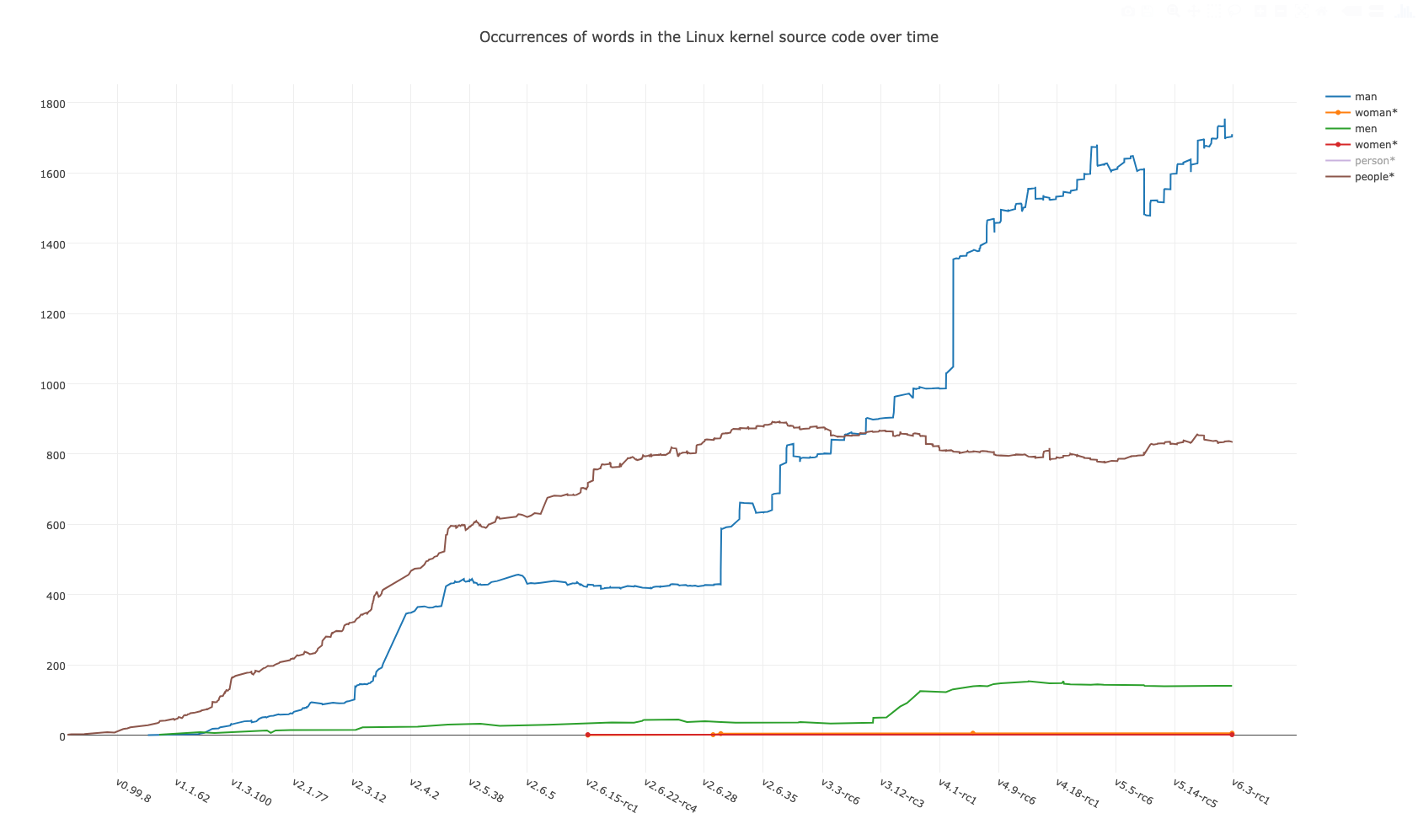Tabula Rasa: Starting Safe Stays Safe
Published:
I’m ecstatic to share that we won best paper at The 3rd Workshop on Security and Privacy in Connected Embedded Systems (SPICES 2024). My collaborators and I studied the security of embedded operating systems and their usage in the wild.
You can read the full paper here, or read on for some relevant excerpts.
Embedded and connected devices have become a ubiquitous and integral part of our world. From medical devices and smart home products to industrial controllers, these devices perform an increasing set of complex, critical tasks. To abstract these complexities, embedded operating systems (OSes) evolved to provide rich development environments and high-level abstractions, such as platform-independent hardware models and separable tasks. Despite the availability of these abstractions and isolation mechanisms for tasks, we find that in practice many embedded applications lack strong isolation and do not enable security reinforcements. This paper explores projects using embedded OSes to quantify how configurable security features are used and how they factor into the given project’s design.
Historically, embedded devices did not offer connectivity. For instance, industrial controllers or automotive Electronic Control Units (ECUs) required a technician physically access and “plug-into” the device. As embedded devices have evolved into the Internet of Things (IoT), many now offer internet connectivity to gather data, offer remote control, and provide firmware updates. Developers now expect embedded OSes to provide library features such as over-the-air updates and network stacks. Internet connectivity and the global scale of many billions of deployed devices implies that embedded devices now face an attack surface more akin to that of a traditional operating system. As such, the security embedded OSes provide is paramount.
With this connectivity, embedded devices now face a more complex attack surface, underscoring the importance of device security. Embedded operating systems are able to span diverse application and hardware domains because they are highly configurable. This flexibility, however, implies that downstream embedded applications may be flexible in how they use security features. This paper investigates how downstream applications use configurable security features in practice. We find that a majority of applications do not alter the default configuration provided by their chosen runtime, and as a result, do not utilize available security options. Early evidence suggests that this under-utilization is due to both runtime and development overhead.
Result 1: Zephyr & FreeRTOS MPU Feature Usage.
Zephyr and FreeRTOS offer similar MPU-based security configurations, and both disable process isolation and stack overflow protection by default. Of surveyed Zephyr and FreeRTOS applications, 17% of Zephyr and 8% of FreeRTOS projects enable both process isolation and hardware stack guards. We subsequently observe that 89% of surveyed FreeRTOS/Zephyr projects do not enable the full suite of opt-in, configurable MPU security features. We do not include RIOT in this result as RIOT does not support MPU process isolation.
Result 2: SW/HW Stackguard Usage.
Surveyed FreeRTOS repositories exhibit a more than sixfold increase of software-based stackguards usage in comparison to hardware-based stack guard usage.
Result 3: Opt-out Configuration Usage.
For RIOT platforms possessing an MPU, RIOT enables mpu_stack_guard by default. We find that no surveyed project disables this feature.
Result 4: Runtime Overhead.
Our preliminary benchmarking of Zephyr in Result 4 finds that hardware security features impose a mere 224 cycle overhead per context switch. This result agrees with the documentation excerpts and shows an overhead that is in fact noticeable, but likely only problematic for high performance applications. We argue that the vast majority of IoT embedded applications do not require “every last drop of performance,” but instead that the primary overhead impeding the usage of configurable security features is not performance but developer overhead.
This paper shows the disparity between the configurable security features the studied embedded OSes offer and the features that are actually used in the wild. Our preliminary results and analysis suggest the primary overhead limiting the use of these features is developer overhead. Nonetheless, further investigation is required to gain a more complete understanding of why these features are left disabled by developers. So long as downstream applications see limited use in enabling such optional features, the potential security benefits embedded OSes can provide is left unrealized. This is particularly problematic given the increased attack surface of modern IoT devices.




